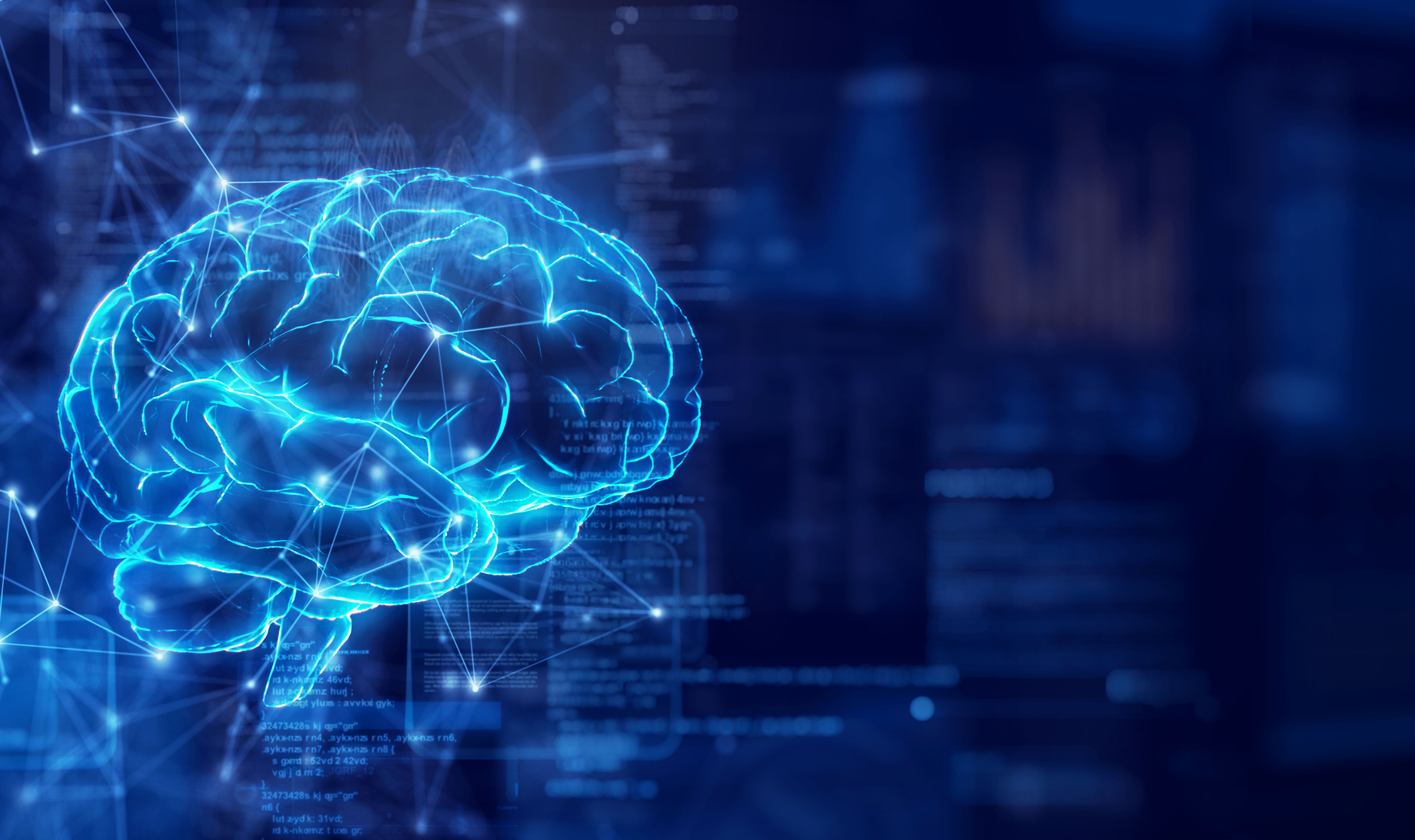AI-powered diagnostic solutions can help transform radiology and support better care delivery and outcomes. But to do so, they need high-quality, structured data—and lots of it. This article explores the central role of data to power outcomes-focused AI.
We often talk about the value of AI in radiology reporting, but AI can only deliver value if it provides meaningful, actionable insights that inform care and improve outcomes. To do that, AI needs a steady diet of high-quality, relevant data and advanced analytics to measure its performance.
Many radiology organizations are starting to integrate AI into their workflow but are faced with having to choose among hundreds of potential AI vendors―many of which seem to deliver similar capabilities. How to choose? What makes an AI service relevant and applicable to a particular clinical setting? It really depends on the data used to develop it and train it.
Additionally, once an AI service is in place, how does the organization evaluate its performance? Users may find themselves data rich but insight poor―faced with an enormous jumble of information that is difficult or impossible to analyze, without the right tools to determine whether their investments are delivering desired results.
What does the best data look like?
Valuable insights are locked in the pixels, the patient record, and the text that describes the radiologist’s interpretation. AI can analyze images and text, process the data through advanced learning models, and extract meaning. But AI needs the right data―and enough of it―for results to be truly useful, usable, and used.
Just having volumes of data isn’t enough. Having better data helps ensure better results. So, what do we mean by better data? Perhaps the most important characteristic is that it’s structured and standardized so that it can be universally understood. That’s why radiology is turning to common data elements (CDEs) to standardize the names and attributes of data and concepts—enhancing radiology reporting, data analysis, decision support, and patient care.
How do you optimize AI results?
AI-powered solutions rely on data to deliver desired outputs and impact outcomes. How do you get better data to ensure optimal results from AI? You don’t need to venture too far into the technical weeds, but it’s important to have a strong grasp of some key concepts.
- Understand the lingo and landscape of AI-powered analytics. Don’t get lost in a sea of acronyms like NLP or NLU and be better equipped to evaluate solutions to meet your needs. For example, it helps to know the difference between simple rules-based algorithms and advanced language processing models that harness machine learning and continue to gradually improve over time. Here’s a quick breakdown of what the key terms mean (and what really matters).
- Know what good data looks like—and why AI accuracy is nothing without precision. A 99.9% accuracy rate looks great on paper―or a vendor’s web page. But it could be concealing hundreds of time-wasting false positives. You can learn more about this and other basic data science concepts in our article on the most important AI performance metrics.
- Leverage large datasets. To generate useful insights that drive better outcomes across diverse IT environments and patient populations, AI needs a lot of data. Small data pools are simply too narrow to deliver valid or meaningful results across a range of clinical settings and use cases.
How can you realize the full potential of AI?
AI can help transform radiology reporting and enable radiologists to deliver real-time clinical intelligence to downstream teams. To harness that potential, medical imaging teams need to:
- Develop an integrated AI strategy that automates time-consuming tasks, surfaces things the human eye can’t see, and spots the things radiologists mustn’t miss.
- Evaluate the performance of AI and measure its value. Plus, measure individual and practice performance to identify training opportunities and areas for improvement.
- Support a continuous learning loop that trains AI models to become even more powerful and relevant.
How Nuance delivers outcomes-based AI
As a pioneer in natural language understanding (NLU) innovation for more than 20 years, Nuance has the experience and expertise to deliver outcomes-focused AI at scale. Our AI-powered radiology solutions, including PowerScribe One and mPower Clinical Analytics, use structured data and CDEs to optimize workflow and inform care. Beyond integrating AI into workflow, users can harness mPower to build datasets using their own data to evaluate actual AI model performance―and adopt the most appropriate models to meet their needs.
Nuance’s AI-driven solutions are trained on (and continuously learn from) colossal datasets. More than 1 billion daily transactions and 3,000 terabytes of data power our NLU and machine learning algorithms. And our unified, cloud-hosted platform, the Precision Imaging Network, has the industry’s largest data-driven infrastructure for all imaging stakeholders, with over 10,000 connected facilities and counting.
Nuance provides purpose-built, trusted workflows across multiple radiology solutions, from reporting to image sharing, communication, and analytics. So, it’s no surprise that 80% of radiologists use Nuance solutions every day.
Amplify the value of radiology
To extend the value of diagnostic imaging across the care continuum, we must empower radiologists to achieve better outcomes by using better AI technologies driven by better data. With fast, actionable clinical intelligence from AI, care teams can detect conditions earlier and reduce time to treatment, deliver more precise treatment and therapy, and have a positive impact on patients’ quality of life.







